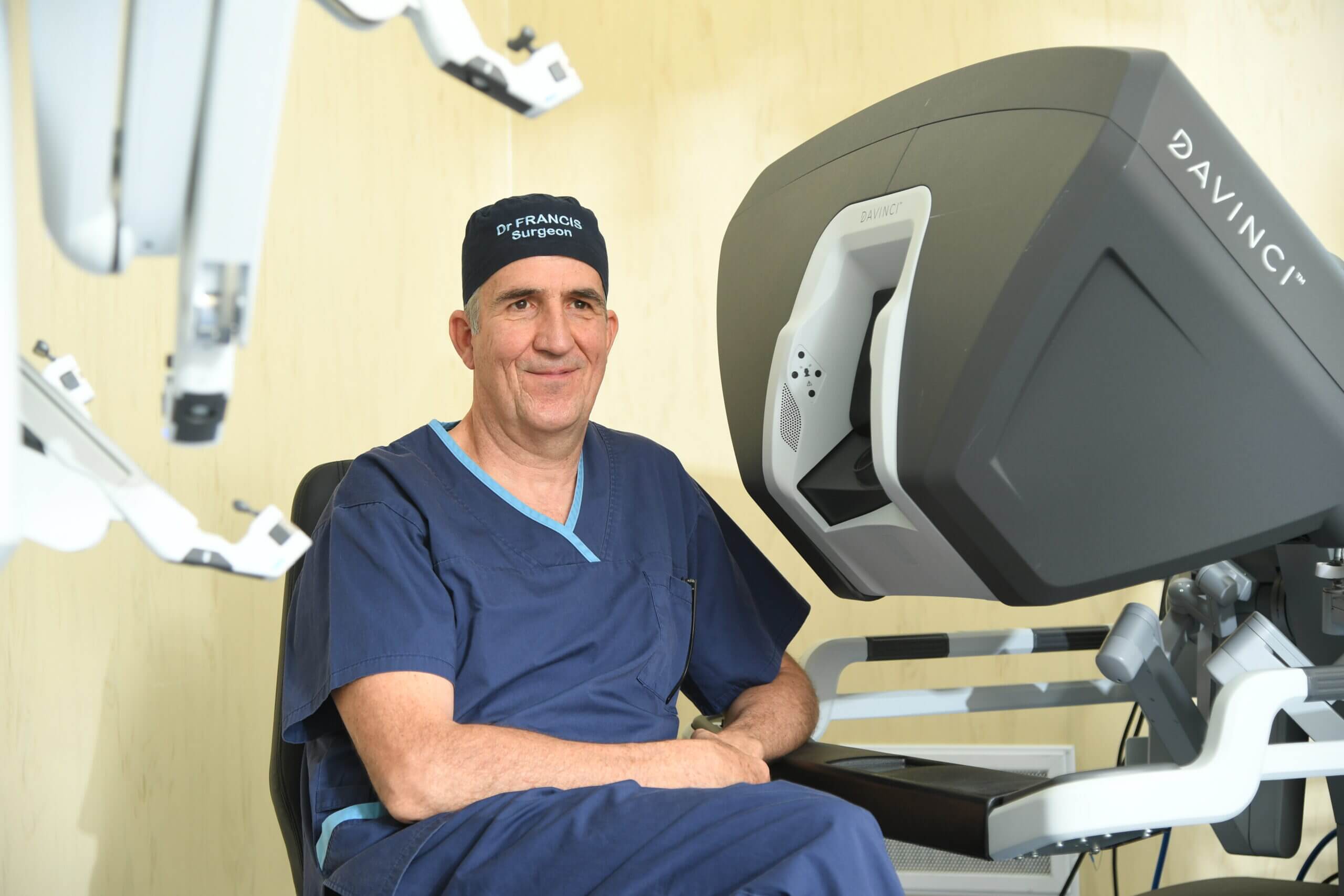
What is a thyroglossal duct cyst?
A thyroglossal duct cyst is a midline neck cyst formed from an embryological remnant of the thyroid near the hyoid bone. Between the fifth and seventh weeks the thyroid descends from the tuberculum impar, at the foramen caecum in the back of the tongue to its location in the lower neck. The track of descent may pass anterior, posterior or through the hyoid bone. As the thyroid descends the track from the back of the tongue to the lower neck involutes. Sometimes this track does not fully involute and a cyst containing thyroid tissue near the hyoid may persist. This cyst is called a thyroglossal duct cyst.
Other thyroid remnants
Thyroid tissue may be left anywhere along this tract from the base of the tongue to the thyroid. A lingual thyroid, sublingual thyroid and a pyramidal lobe are all examples of thyroid tissue remaining in this tract.
Symptoms and signs
A thyroglossal duct cyst usually presents in a child or young adult but may present at any age. They may be entirely asymptomatic. In autopsy series, thyroglossal tract remnants are found in 7% of the normal population. Thyroglossal duct cysts may become infected. It is thought that they become infected through communication with the pharynx. When a thyroglossal duct cyst becomes infected the cyst increases in size and becomes sore. The overlying skin may become inflamed and sometimes the cyst may spontaneously burst through the skin and discharge.
A thyroglossal duct cyst presents as a midline neck mass near the hyoid bone and moves when the patient swallows. Sometimes the cyst is a short distance (1cm) from the midline. Usually the cyst is small, about 1–2 cm in size, but occasionally it may become quite large (4–6cm).
Ultrasound Scans
An ultrasound scan of the neck will show a mass in the vicinity of the hyoid bone. This may be either cystic, solid or both. Before operating it is important to ensure that there is thyroid tissue in the normal location.
Differential Diagnosis
An enlarged lymph node, a midline dermoid and a lipoma may all be clinically mistaken for a thyroglossal duct cyst. A careful history, physical examination and ultrasound will help make the diagnosis of a thyroglossal duct cyst. An ultrasound–guided FNA may further clarify any confusion. Although it has been said that there is a higher incidence of malignancy in ectopic thyroid tissue, this is a rare occurrence.
Treatment
Some surgeons recommend excision of all thyroglossal duct cysts to prevent episodes of inflammation. Asymptomatic thyroglossal duct cysts require no treatment.
The treatment of an infected thyroglossal duct cyst is antibiotics and analgesia. It is important that the antibiotic covers anaerobes. Amoxicillin and clavulanic acid (Augmentin, Curam Duo) is a good choice. If the patient gets worse, the infected cyst will need to be drained. This is best done with minimal disruption to the surrounding tissues. Ultrasound-guided needle drainage or freehand drainage of the cyst with an 18-gauge needle is recommended. Send the aspirate for culture and sensitivities. If the patient is still getting worse, then incision and drainage is recommended, again taking care to minimise disruption to the surrounding tissues. Make the incision in the line of an adjacent skin crease.
Surgery for thyroglossal duct cysts
If the decision is made to excise the thyroglossal duct cyst, it is recommended that the cyst is excised along with the middle portion of the hyoid bone (Sistrunk procedure) and any tract heading up to the base of the tongue. Approximately 1.5 cm of the middle portion of the hyoid bone is excised. This has been shown to markedly reduce the risk of recurrence. Usually (70%) but not always the pathologist sees some thyroid tissue in the specimen provided. Recurrence rates of 10% and complications in 10% of patients are commonly seen.
Ethanol ablation of thyroglossal duct cysts
Ethanol ablation of a thyroglossal duct cyst is a non-surgical, scarless treatment option. It is done under local anaesthesia with ultrasound guidance in the clinic. The patient can return to school or work the same day. After one or two ethanol ablation procedures a recurrence rate of 15% is seen. Ethanol ablation has an excellent safety profile, with a complication rate of less than 2%.
Summary
Thyroglossal duct cysts usually present in young patients as a midline neck mass near the hyoid bone that moves with swallowing. They may become infected. Not all thyroglossal duct cysts need to be excised. Definitive treatment is with either surgery or ethanol ablation in selected cases.

